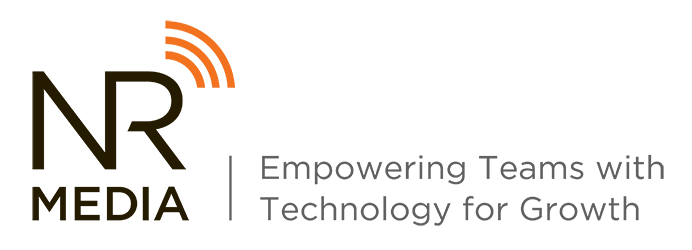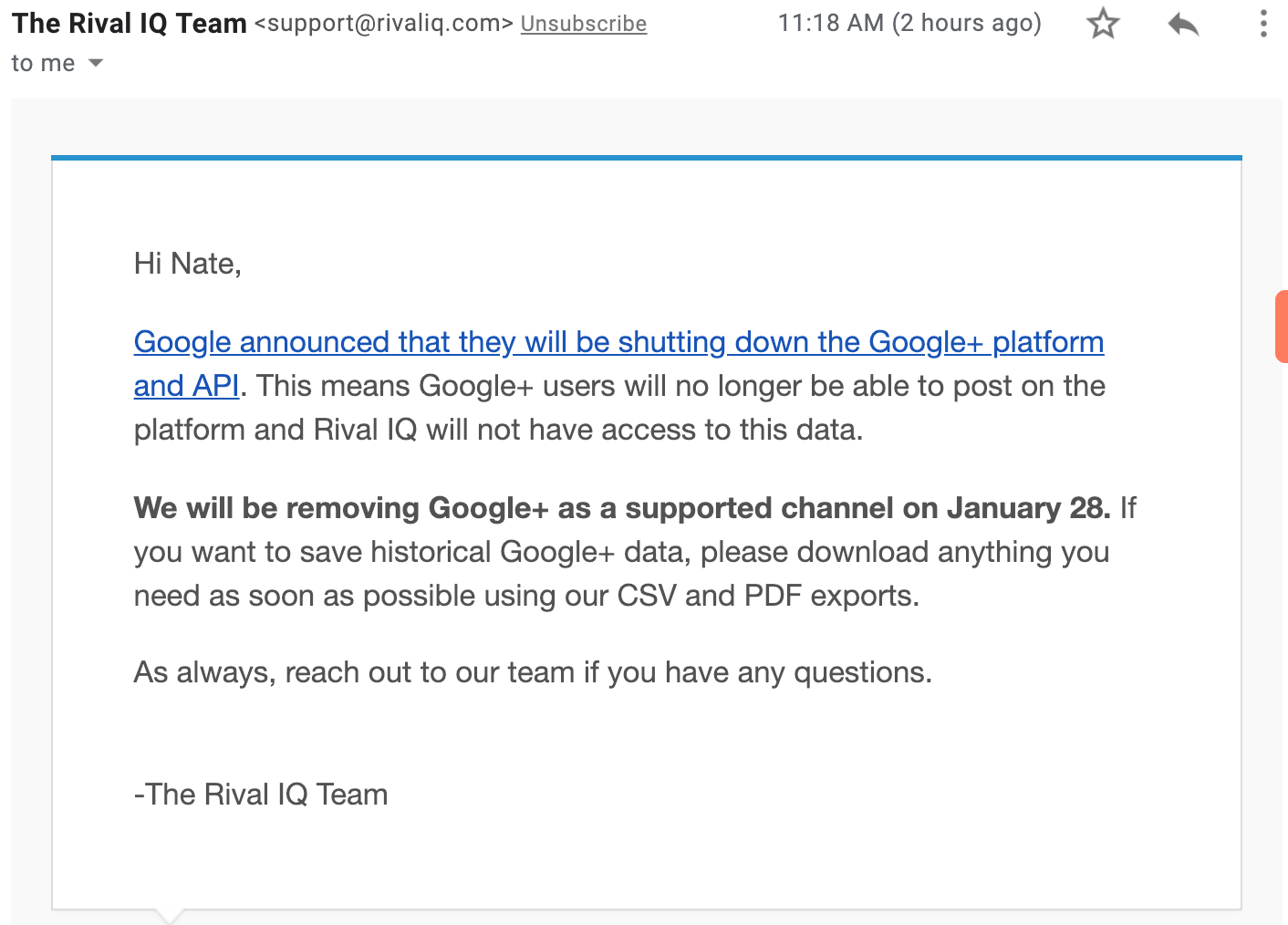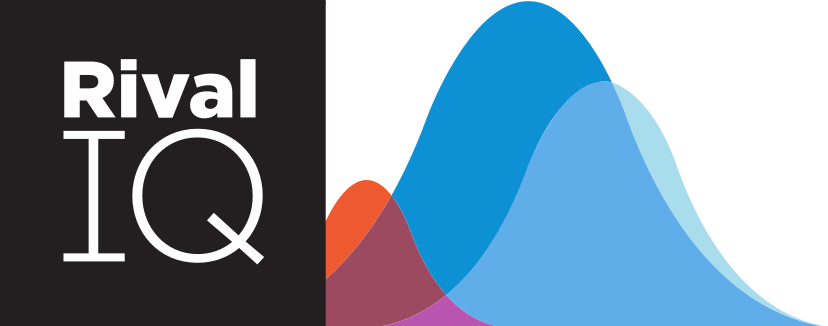This is definitely the post you are looking for...
I think reading Mark's book a few weeks back rekindled my fascination with Klout as an online influence measurement tool.
K Scores, Achievements and Reach all have value in terms of benchmarking your influence against the global playing field, but consider the old marketing idea that as marketers, we should brand from the inside out. That approach has always made a ton of sense to me. To be effective, we must first clearly "know thyself" before we can ever expect external audiences to do the same.
Enter Klout.
I'm starting to see even more value in how social media users can conduct self-assessment using the insights that Klout provides to optimize online influence to align with professional goals and objectives.
Here's how I'm using Klout to measure, optimize and increase my online influence.
To show you examples of what I'm doing, I'll start by comparing myself to my friend and industry mover and shaker -- Gini Dietrich. While she leans more towards the PR side of agency work and I to the digital practice, from a career standpoint, we have lots in common. She also carries a heavy amount of online influence.
- We actively use blogging as a tactic to reach our professional objectives.
- We speak professionally, sometimes at some of the same events.
- We actively engage on social networks day in, and day out.
- We advise clients on how to adopt and use social media as a business tool.
- We have books in process and Gini's will hit the shelf next month.
I have a ton of respect for Gini as a social business professional. She's everywhere these days.
Your online influence must align with your goals and objectives to be valuable.
According to Klout, Gini is more influential than I am online, logging a K-Score of 68 against my 61.
 When looking at these comparisons, there are a few critical areas to watch:
When looking at these comparisons, there are a few critical areas to watch:
- Topics of online influence
- Size of network
- Total score (Klout Score or K-Score)
According to Klout's online influence measurement, Gini and I share influence over topics like Blogging, Facebook and Social Media. We differ in a few other topics as well. Where I'm known online for branding and community management, Gini is known among her networks for business, writing and wine. That makes sense, since she is indeed a business owner, and book writing has obviously been on her mind the last few months.
So what are the usable insights from this data?
- Each of us have built online influence in the areas that we focus on professionally (at least for this snapshot).
- Gini's online influence in wine is most likely driven by her personal passion for the topic. As a professional advantage, it allows individuals to connect with her on a personal level in that she is obviously sharing content related to wine. I'm willing to bet that lots of her clients are also wine mavens, as well. There's business value in that approach to personal branding.
- I might consider sharing more personal topics (perhaps on parenting or blended families) to help my broaden my online influence on some personal interest topics that will make me more human to my audience.
The end game for online influence is True Reach.
The blue bar you see below is related to True Reach, the Klout measurement for understanding just how many human social media users you actually influence online. While both Amplification and your Network Score are also important, True Reach is what drives the audience interactions that determine influence and the ultimate conversion.
Frankly, my friend in Chicago is kicking my ass on True Reach.
She has collected more 23,000 followers on Twitter, where as I have collected about 28,000 total followers. By Klout's online influence measurement, Gini influences over 18,000 of out of her 23,000 followers whereas I only influence about 8,000 of my 28,000 followers per the same metric.
So what are the usable insights from the Klout data?
- Gini influences about 78% of her total network
- I influence about 28% of my total network
Gini's online influence is highly optimized and in turn, much more effective in helping her to reach her professional objectives. As an action item for my own online influence, I will be working to scrub out spam bots from my following, as well as more concerted efforts to not only reciprocate follows to humans who have followed me, but also to make a point to reach out in a one-to-one fashion to as many of them as possible, as soon as a connection is made.
Klout Networks of influence can be incredibly helpful in self-assessment.
This comparison is one of the best features Klout offers in self-assessment.
At a high level, Networks of Influence in Klout factors in your engagement on the various social networks that you connect to your profile, and then reports on how each of your profiles affects your overall influence score.
So how can this help in planning engagement for your personal profiles or even business accounts? Here's a few insights I've gathered on my own network influence:
- Surprisingly, Facebook makes up an equal amount of my online influence as Twitter, yet I use Twitter more than twice as much as Facebook.
- My audience is primarily B2B and yet, my influence on LinkedIn is lagging.
- My use of Google+ is also lagging, yet, like LinkedIn, this network aligns more with my personal business objectives for a primarily B2B audience that makes up my client list for speaking events and agency clients for The Karcher Group.
- Foursquare carries no influence for me, yet I use it as my primary check-in tool. Perhaps this is wasted effort.
So, that said, here are a few things I am considering changing based on these insights:
- I need to build a plan and interact with my connections on LinkedIn and Google+. While my friends live on Facebook, my audience lives on those networks.
- I'm going to remove Foursquare from my Droid Bionic and begin to use Google+ to check in more regularly in hopes of driving more attention to my network there.
- I need to rekindle my LinkedIn roots by participating more regularly in Groups, Answers and other features that the network offers.
I've showed you mine, now show me yours.
How long has it been since you looked at your online influence from the inside out? What is Klout telling you about how you might better optimize engagement on social networks?






